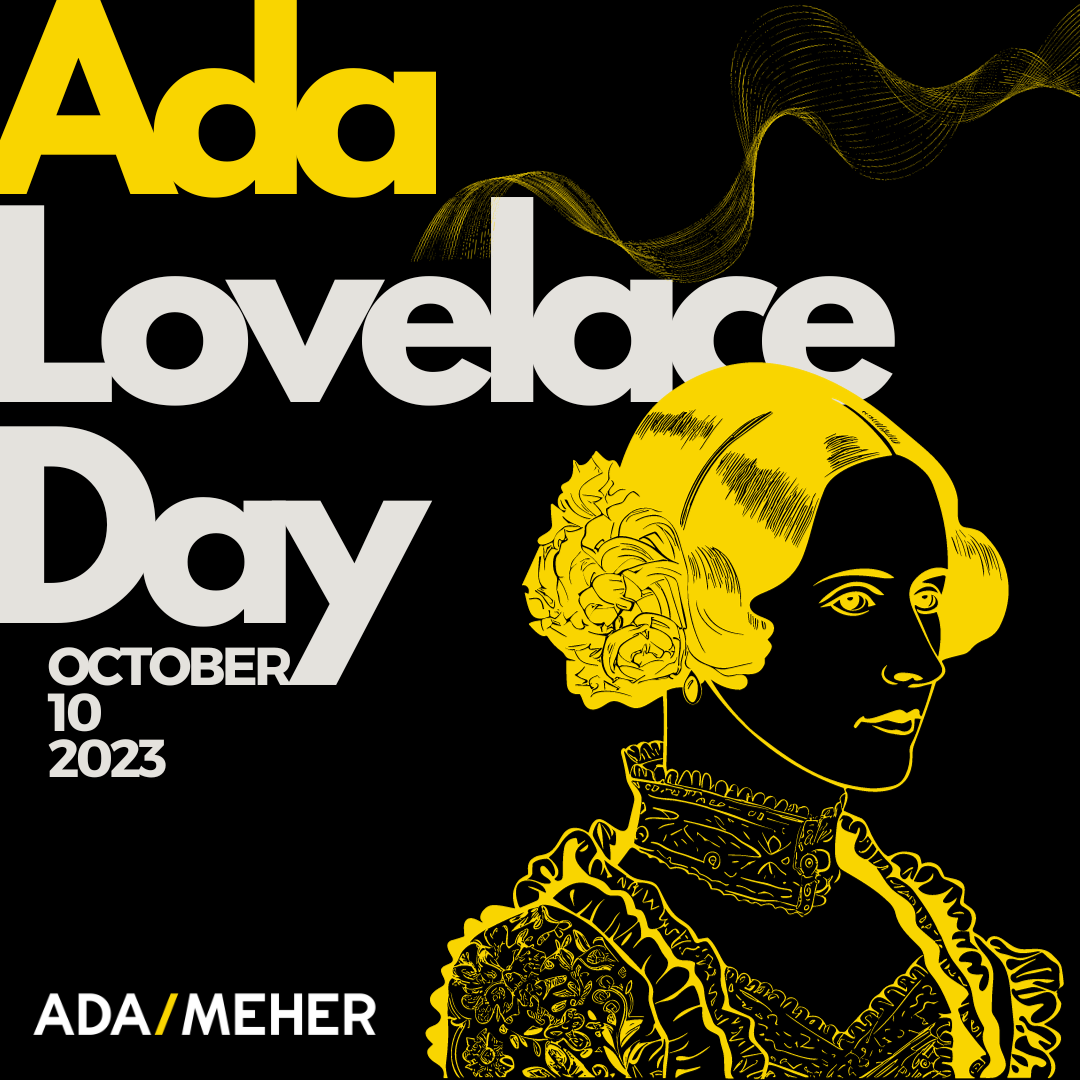
Pheww… finally some positive statements inspiring confidence within the hiring markets ...

Pheww… finally some positive statements inspiring confidence within the hiring markets ...

As the world continues to adapt to the lasting effects of the pandemic, remote work has evol...

It's Mental Health Awareness Week! With this years' theme being 'anxiety', the cam...



"Sam has been great to work with, very swift to respond, supportive to both the candidate an...